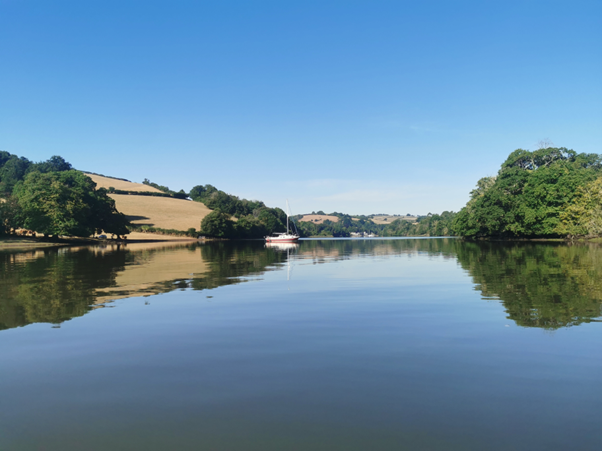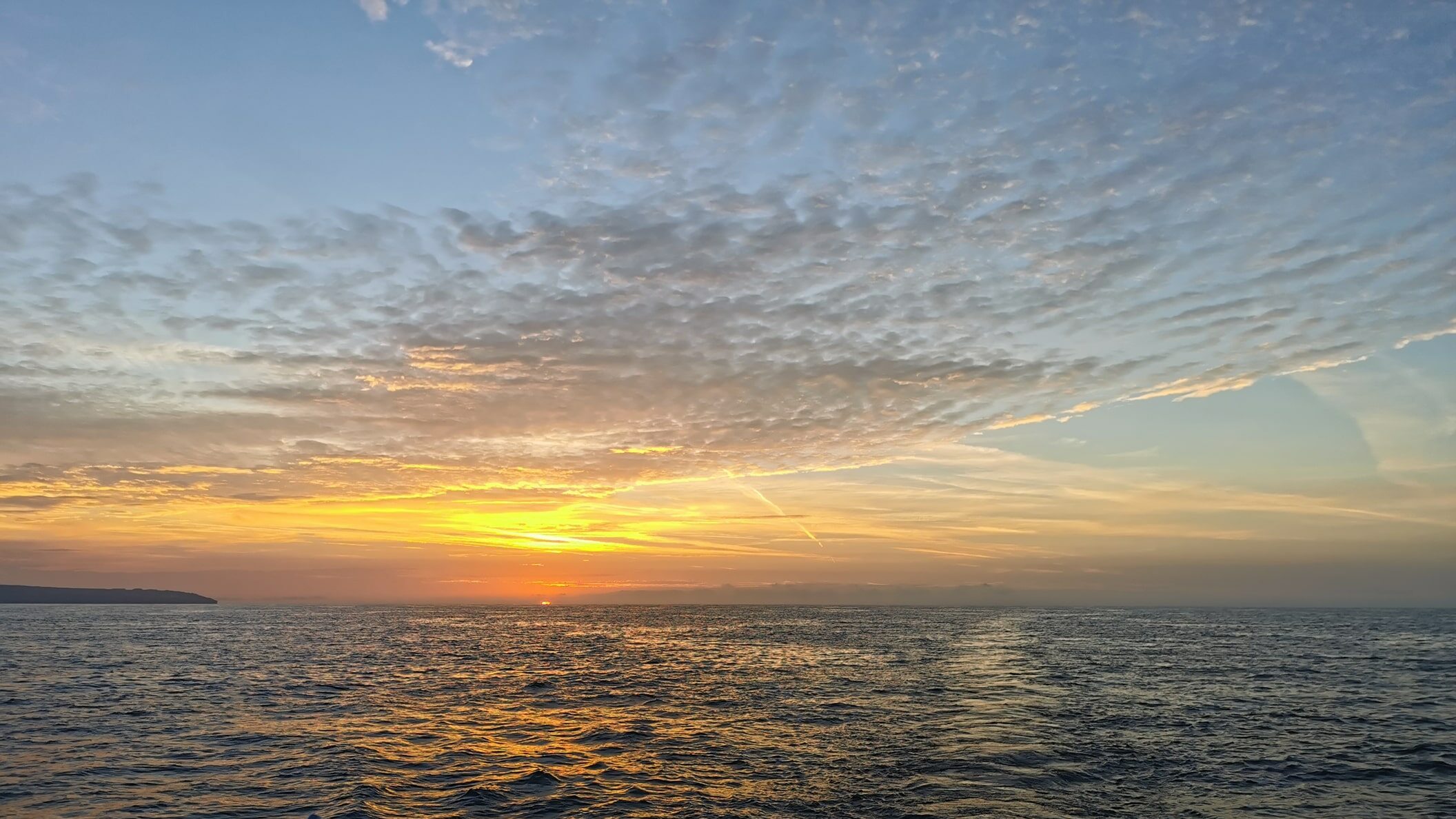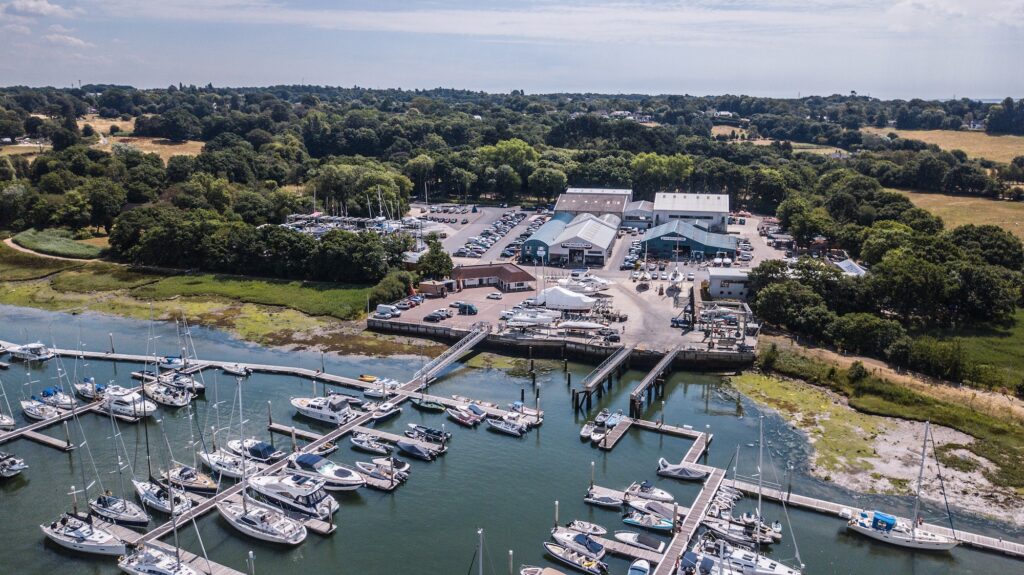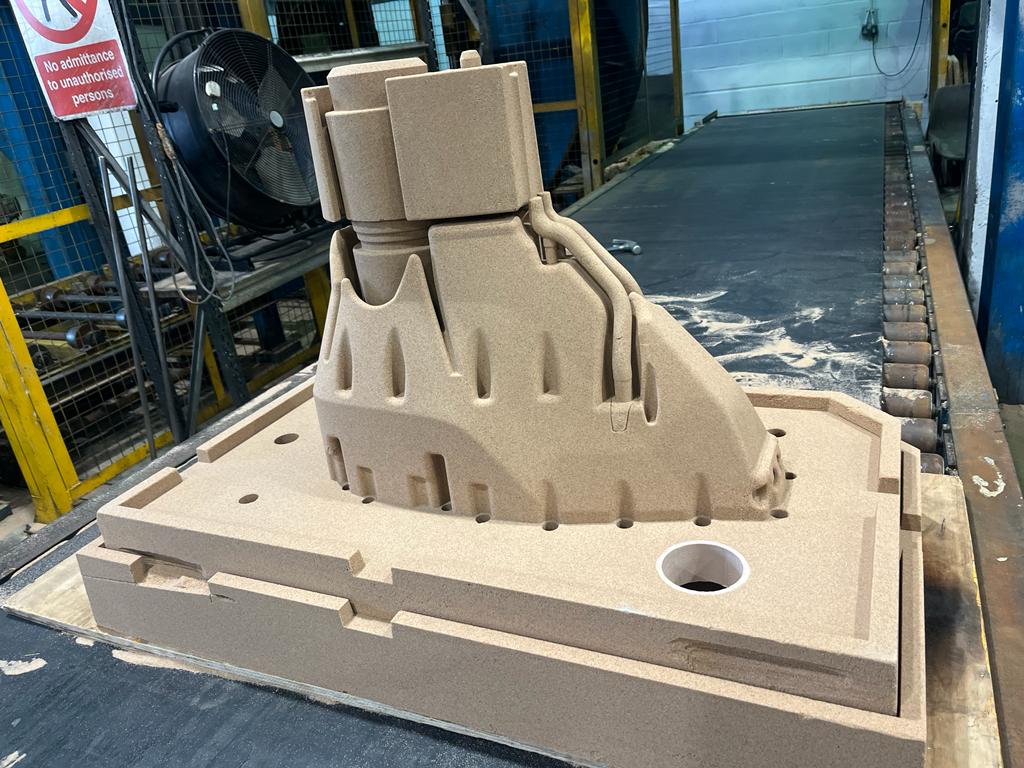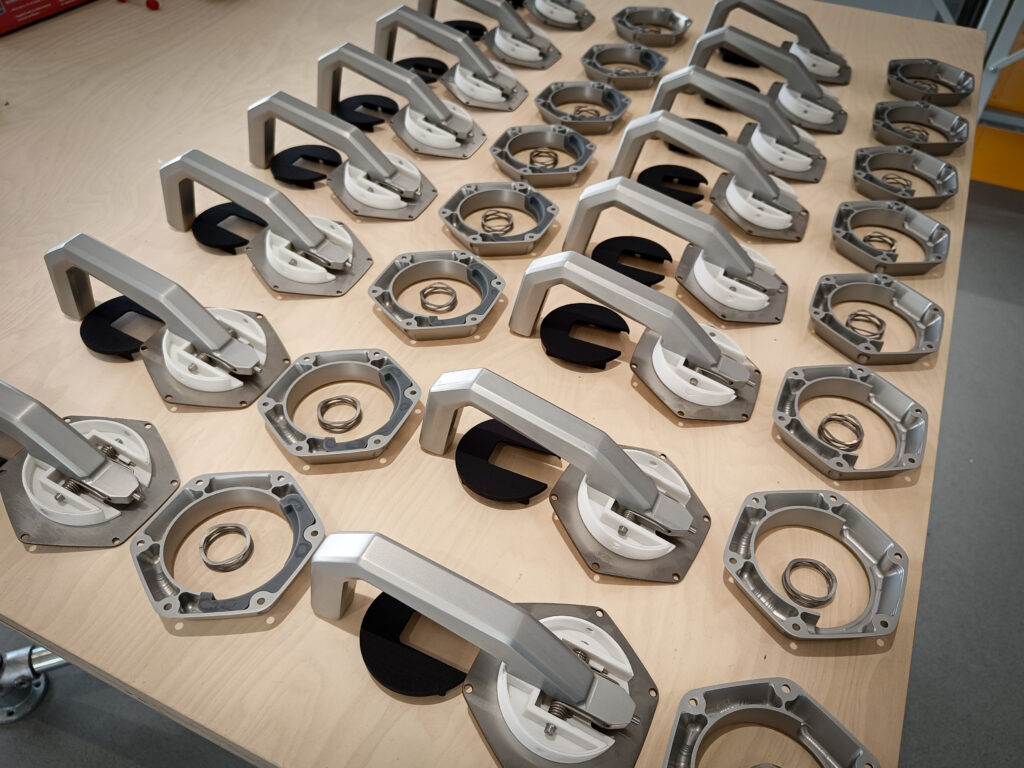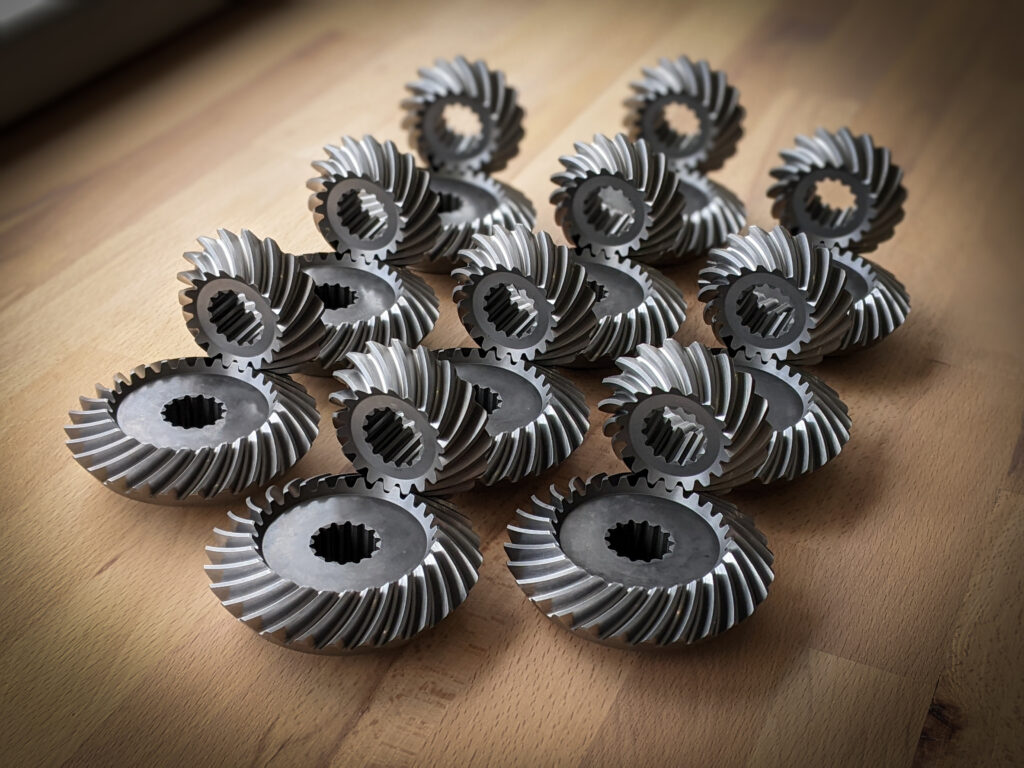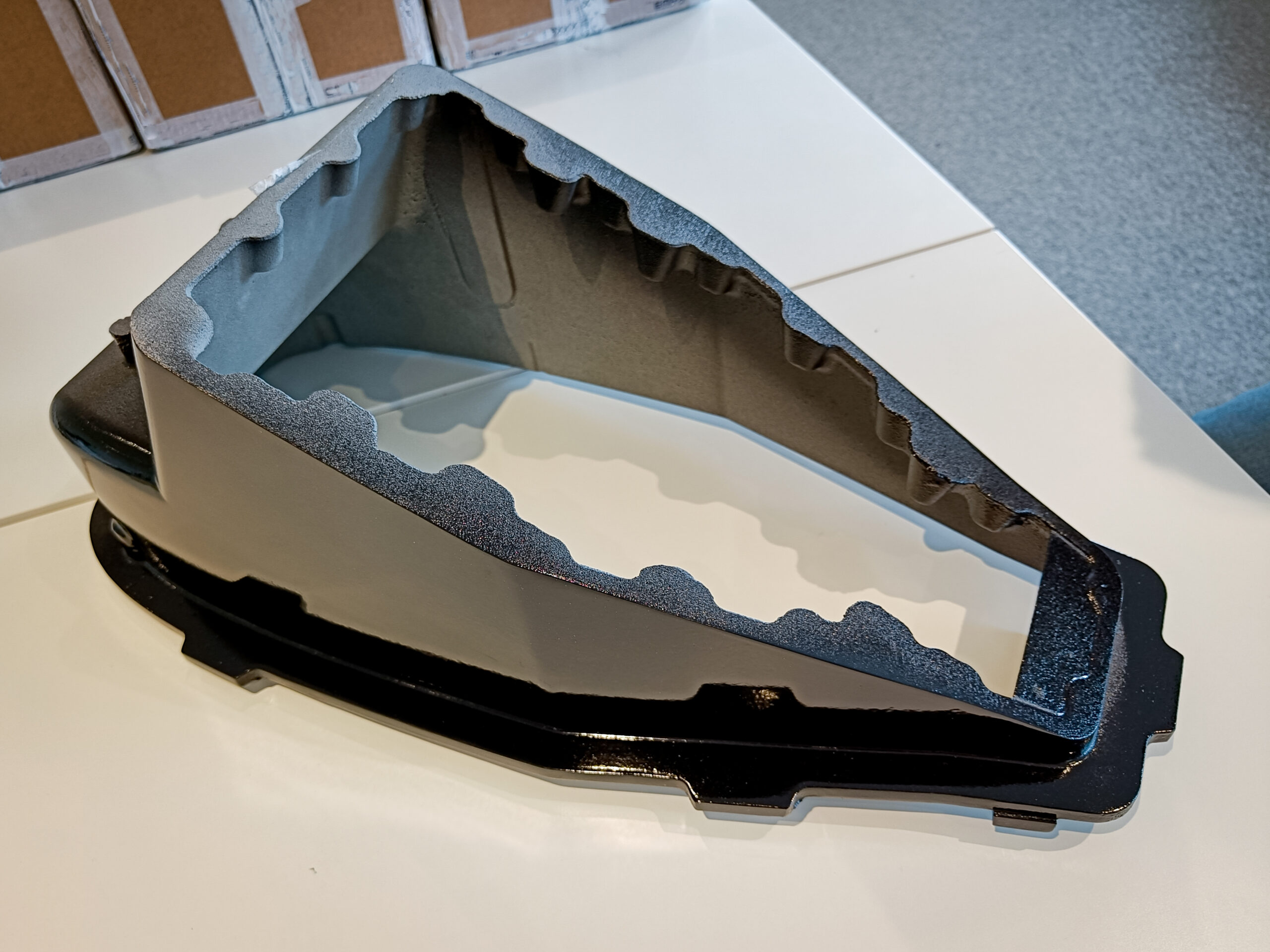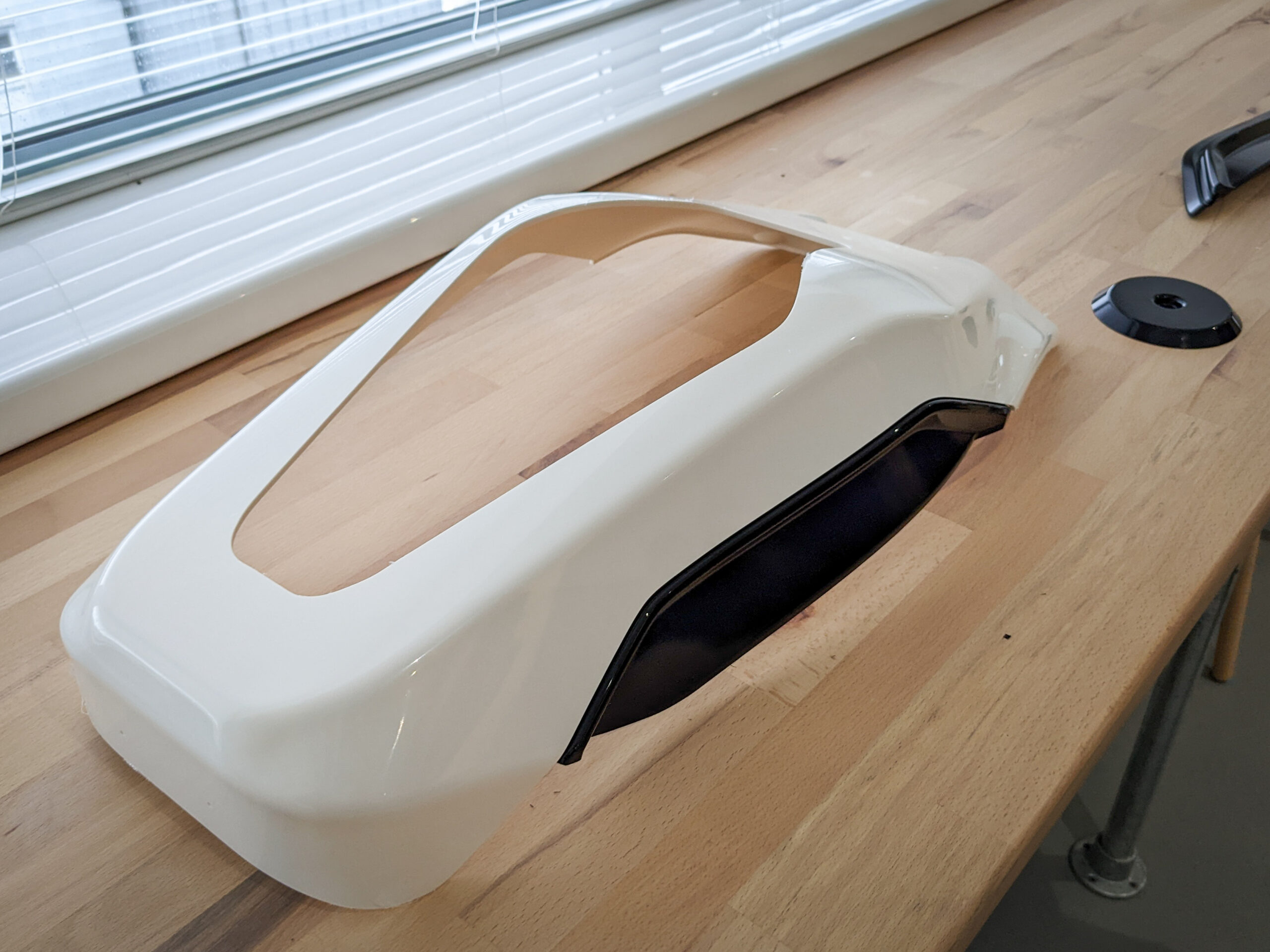Electric Boating Myths Debunked
For marine enthusiasts, there’s nothing quite like travelling across nature’s calming waters. The pure serenity felt when experiencing local wildlife up close, breathing in the fresh clean air, and just being able to escape into the peaceful surroundings away from life’s stresses. With the environment playing such a key role in the on the water experience, it’s no surprise that more and more boat users have begun looking for ways to avoid traditional pollutant heavy combustion power.
Case in point, boating electrification – an emission-free, silent, and reliable alternative.
What was once proposed as a cleaner and greener technology of the future is now very much a fuel of the present, able to power everything from catamarans to rigid inflatables. As such, more and more users are beginning to switch from traditional combustion engines to cleaner electric propulsion drives. Forecasts suggest that in 10 years electric boat users will grow by 12.9% with the market value more than tripling to 16.6 billion.
And yet – as with any new industry technological development, there are still plenty of myths and misconceptions about electric power that continue to ‘rock the boat’. That’s where we come in. In this blog, we will debunk some of the more frequently cited electric propulsion myths and provide you with the right information so you can make an informed choice about your next outboard.
Myth: Electric Boats Are Slow and Offer Limited Travel Distance.
One myth that we frequently hear is that electric boats are both slower than combustion and can offer limited travel distance due to poor battery life. Imagine, you’re travelling across the waterways and getting stranded on a lost island – it all sounds a bit disaster movie.
Well thankfully, this is a misconception for the vast majority of boat users. In the last decade the emergence of electric cars has driven a revolution in battery cost and capacity as well as much more efficient and power dense electric motors. As a result, electric propulsion for boats has come on leaps and bounds and, in many cases, is able to deliver equivalent or even superior power and performance to petrol or diesel counterparts.
An additional benefit is that electric outboards like the RAD 40 from RAD Propulsion offer instant and very controllable torque. This allows RAD 40 powered boats to accelerate faster and have much faster throttle control when driving through rougher conditions. With 40kW of continuous power the RAD 40 delivers equivalent thrust to a 60Hp petrol outboard. It also uses a 400v architecture just like most electric cars. This ensures the electrical system is very efficient, can be charged by the growing network of marine fast chargers and also importantly for boats keep the weight of the outboard as low as possible.
Often the biggest concern about electric boats is the range they can operate. There is no denying that even the most advanced batteries do not contain the energy of a tank of fossil fuels. However, just like with electric cars, the huge increase in energy efficiency and with new boats now being designed to be electric, compelling solutions for real world use are now available.
Electric leisure boats have range and endurance that are long enough for 95% of typical pleasure day boat users to do exactly what they have always done. A typical day to the beach or a cove and back is still possible, access to a fast charger can extend this to places you’d spend a long voyage getting to and from and would in reality rarely do. There are also now longer-range electric boats designed around low drag hull forms that travel at moderate speeds with all day endurance and the range to travel over 100 nautical miles. So electric boats work today for a huge proportion of boat use and as this decade progresses battery capacity will only improve, making electric boats applicable to even those with demanding long range needs.
Myth: Electric Boats Are Not Reliable
“Electric drives can’t be relied on ”, “they can’t handle the water”, just a few of the things you might have heard about electric propulsion. With the advancements of electric power available today this simply isn’t the case.
Firstly – and most obviously – an electric boat doesn’t use a combustion engine. As such, it doesn’t rely upon potentially flammable fuels that can get dirty or water in them, it doesn’t need seawater water cooling impellors that fail, and you don’t have to do lots of maintenance or regularly run the motor to stay reliable. Professionally designed and installed electric propulsion systems are inherently safer from the get-go. Additionally, an electric powered boat has far fewer moving parts when in operation. This means minimal maintenance is required with the added benefit that you get less vibrations across the boat. For anyone who has previously owned an internal combustion outboard, the first few trips with an electric outboard are a revelation and you very quickly don’t want to go back.
One concern often expressed with high voltage batteries is how waterproof they are or what the risk of them setting on fire is. The batteries used on electric boats almost always derive from those used in cars, buses, or vans on the road. The same exacting safety standards are applied. Despite what the media may imply, statistically electric battery fires in cars are far less common than in fossil fuelled cars. Petrol is particularly dangerous on boats so moving to a professionally designed electric boat and propulsion system removes this risk and reduces the overall risk of fire. All electric boat batteries are sealed to water ingress and normally protected with a secondary layer of defence in a watertight compartment. If you are looking for improved reliability and a product you can trust, then it’s clear that an electric outboard makes the most sense.
Myth: There Is Limited Charging Infrastructure For Electric Boats
While it’s true that electric boats do require the owner to charge up every now and then, this view that you could be left stranded because the infrastructure isn’t there again isn’t true.
The vast majority of boats stored in marinas have access to shore power, which permits overnight charging, normally more the sufficient for most users uses boats in the day for work or pleasure. It is as simple as plugging in when you get back to the dock. The next time you come back to the boat it’ll be ready to go again, no need for expensive and time-consuming trips to the fuel jetty.
Additionally, the number of ports and marinas installing electric fast charging stations is increasing rapidly all over the world. In some forward-thinking areas governments are investing to roll out extensive charging networks of hundreds of chargers. Private charging companies are also seeing the opportunity and kicking in to roll out networks that permit electric boat owners to take on port hoping voyages in some of the world’s most beautiful boating locations.
The boat world isn’t just limited to leisure users, and many commercial workboat users are now looking to electrify. For them, they often have access to their own dock and can install fast chargers that enable high intensity work boat use in their operations. This is particularly good for harbour masters, police, security forces, pilots, and surveyors and even day running fishing vessels.
Whether charging from your own jetty, in harbours, piers or at electric charging stations, there is always a charging station nearby, allowing you to take in more of your surroundings and worry less about running out of battery.
Myth: Electric Boats Can’t Handle Harsh Waters
The idea that electric propulsion is unsuited to harsher waters is another outdated myth which – surprise – is also false. Electric drives today are very robust, capable of powering through all types of waterways and in fact, electric power can actually have several advantages over the fossil fuel equivalent.
For operators of higher speed electric vessels, the rapid throttle response and high torque enable superior pitch control in waves. Most electric systems are fully sealed, so if your outboard is submerged by a wave the motor will not even notice and just continue running. If operating around areas with a lot of debris, weed or rubbish there is no risk of blocked water cooling filters as electric boats are so efficient they can cool themselves through simple keel coolers or even just the water running past the drive. As mentioned previously – electric boating is more reliable as it has fewer moving parts; such a benefit is also applicable in harsher waters, with the vessel requiring less maintenance and subsequently being much less likely to fail when your safety depends on it.
Need another reason to doubt this myth? Well electric outboard manufacturers such as RAD Propulsion offer flexible system solutions that can be tailored to fit a range of boat configurations like catamarans, rigid inflatables and even fishing vessels. For those of you who enjoy or work in tougher waterways, you can be rest assured that an electric powered boats can stand up to the challenge.
Fact: The Electric Advantage
While in the past electric power may have been viewed as a passing fad within the marine industry, the truth today is more and more boat users are beginning to realise the electric advantage and switch from traditional combustion power to electric propulsion. With increasing restrictions placed on traditional combustion by governments and businesses alike – not to mention continually developing smart technologies and infrastructure being developed for electric boating – the future of the marine industry looks clean, safe and fun!
Curious about the RAD Propulsion RAD 40 electric motor? Contact our team of experts today.





